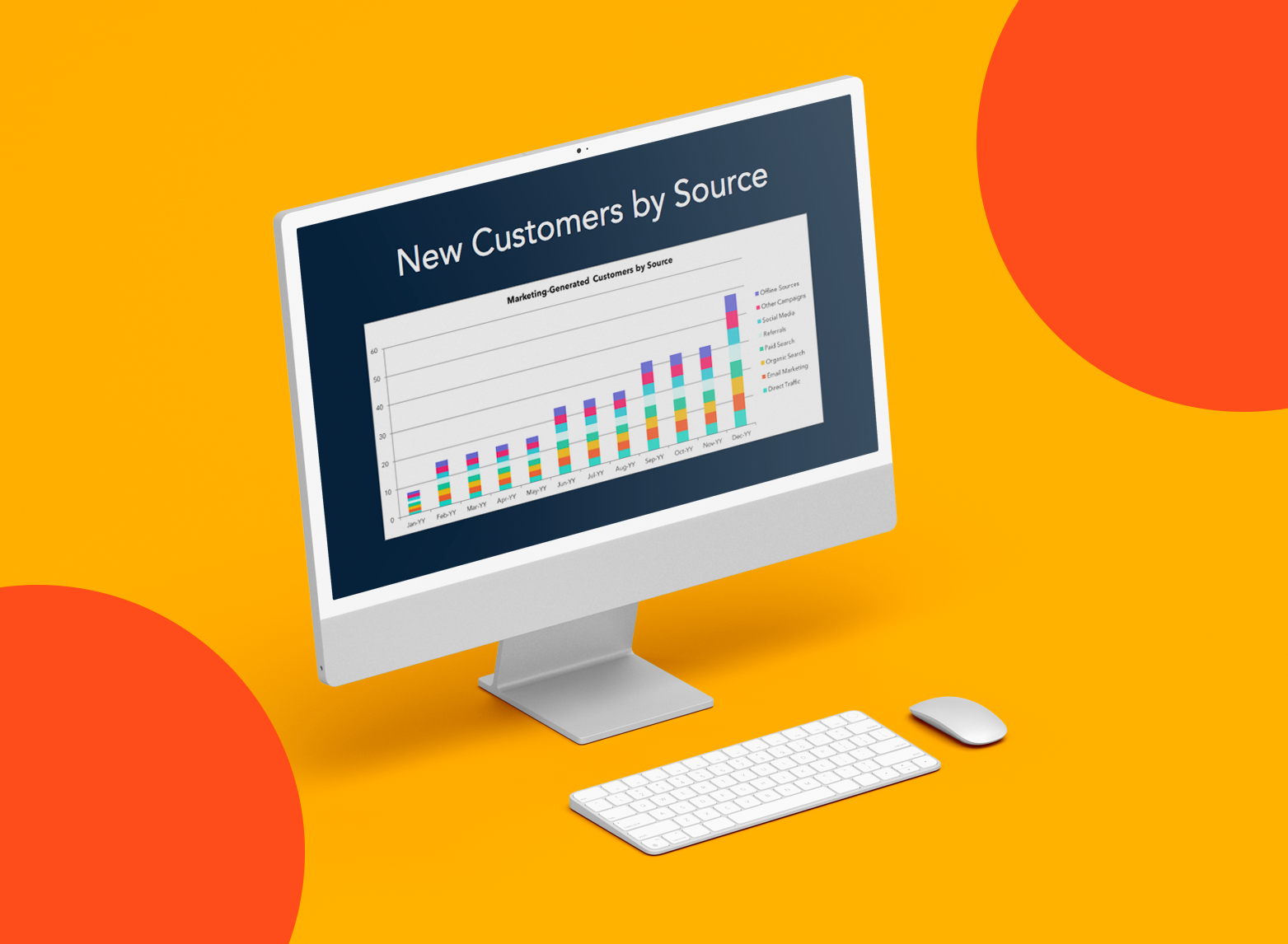
Run marketing reports that better inform your decisions, bolster your marketing resources, and help your organization grow better.
Written by: Allie DeckerExcel, PowerPoint, and Google Drive Templates to Make Your Monthly Reporting Faster and Easier

As a marketer, I make crucial daily decisions that can impact the company I work for. Using my best judgment, I track important metrics like traffic, leads, and customers — and I provide a marketing report to back up my decisions.
While the above metrics are crucial to my marketing funnel and flywheel, a marketing report helps me further explore my findings and properly analyze the data to make the best decisions I can for my team and company.
Marketing reports aren‘t just vital for my work, they’re key to any marketer looking to do what‘s right for their organization. In this article, we’ll explore what a marketing report is and how to build one, and we'll spotlight some examples.
![→ Free Download: Free Marketing Reporting Templates [Access Now]](https://no-cache.hubspot.com/cta/default/53/0d883e85-c2e5-49bb-bef2-bfddb500d84b.png)
All fields are required.

Click this link to access this resource at any time.
There are hundreds of reports that you can run to dig into your marketing efforts. At this point, however, you’re likely asking, “Where should I start?“ and ”What are those basic marketing reports I can run to get more comfortable with all the data I’ve been tracking?”.
We’ve pulled together these five marketing reporting examples to get started.
You will need some marketing software (like HubSpot Marketing Hub) to do this. You should also ensure your software allows you to export the data from your software and manipulate it in Excel using pivot tables and other functions.
Since we use HubSpot for our reporting needs, I'll show you how to compile these reports using the Marketing Hub tool. (The data below is sample data only and does not represent actual HubSpot marketing data.)
As a marketer, you’re a big part of your company’s growth. But unless you can directly tie your impact to revenue, you’ll be forever underappreciated and under-resourced. Multi-touch revenue attribution connects closed gain to every marketing interaction — from the first page view to the final nurturing email.
That way, marketers get the credit they deserve, and marketing execs make more innovative investments rooted in business value instead of vanity metrics. As a bonus, multi-touch revenue attribution can help you stay aligned with your sales team.
HubSpot customers can create multi-touch attribution reports quickly; HubSpot’s attribution tool is built for real people, not data scientists. (It also connects every customer interaction to revenue automatically.)
Navigate to your dashboard and click Add Report > Attribution Report. Select from the set of pre-baked best-practice templates, or create your own custom report.
To analyze revenue reporting, determine what’s working and double down on it. Look at the revenue results from different channels and see where you most succeeded. Use this information to decide what marketing efforts to invest in moving forward.
For example, if you notice that your Facebook campaigns drove a ton of revenue, run more Facebook campaigns!
Multi-touch attribution reports should be run monthly to understand the broader business impact of your marketing channels. While revenue is necessary, you should dig into some of your other metrics for a more complete picture.

Excel, PowerPoint, and Google Drive Templates to Make Your Monthly Reporting Faster and Easier